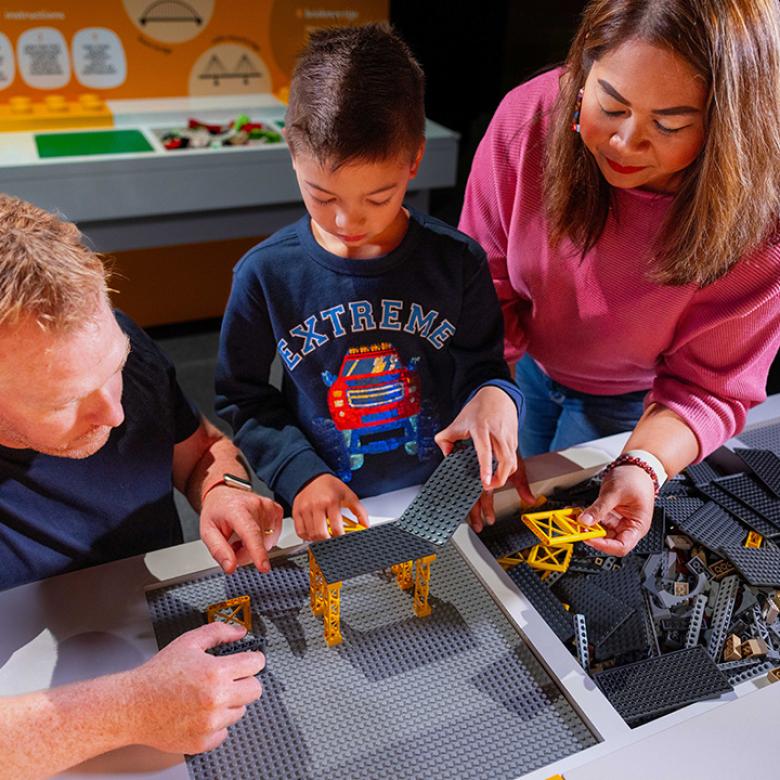About
- A large wall, away from windows and air conditioning vents (a classroom wall works well)
- Several thermometers (more than 20 for large classroom walls, if possible)
- Post-it notes
- Blu Tack
- A stepladder or stable chair
- A portable fan
- A clock or timer
- A pencil and paper
- A calculator
What to do
- Imagine the wall is the world, flattened out like a map. Your challenge is to measure the average temperature of the whole world.
- Plan where you will place the thermometers to record a large spread of temperatures across the whole wall.
- Use Blu Tack to attach the thermometers to the wall. Beside each one put a Post-it note with a different letter or number on it. Use these to label the thermometers.
- Use a stepladder or stable chair to place some thermometers close to the ceiling. When all the thermometers are in place, check the time or set a timer for 10 minutes.
- After 10 minutes, record the temperatures from each thermometer. Make sure you know which number goes with which thermometer.
- Add up all the temperatures, then divide that number by the number of thermometers. Write down this number – this is your global average temperature.
- Place the fan where it can cool an area of the wall (covering 1 or 2 thermometers). Turn it on. Check the time or set a timer for 10 minutes.
- After 10 minutes, record the temperatures from each thermometer again.
- Add up all the temperatures, then divide that number by the number of thermometers. Write down this number. How does it differ from your first global average?
Questions to ask
How different were the temperatures of the thermometers in front of the fan from those furthest away before and after you turned on the fan?
How different were the temperatures of the thermometers in front of the fan before and after they were cooled?
Calculate the average temperature of the area that was affected by the fan. To do this, add up the temperatures of all the thermometers in this area of the wall, then divide that number by the number of thermometers in the area. Do this for before you turned on the fan and for after. How did the average temperature in this area change?
How much does the fan affect the global average temperature? Does it affect the lowest and highest temperatures that you see across the whole world?
What's happening
Local temperatures change throughout the day and year because of the effects of the Sun and the seasons. The group of thermometers in one area of the wall represents a ‘local’ area. The temperature change caused by the fan represents a local change in the weather or season. Global average temperatures generally stay about the same throughout the day and year. This is because when one side of Earth is warming up during the day, the other is cooling in the night, and when it is summer in one part of the world, it is winter in another. These different temperatures average out.
In 2022, the global average temperature is about 14 °C. It has increased by about 0.08 °C every year from 1880 to 1980. Since 1981, it has increased by about 0.18 °C every year. This means that the global average temperature has risen by about 1.1 °C since 1880.
This may not sound like much, but as this activity showed, a small change in global average temperature can be caused by far bigger changes at a local level.






